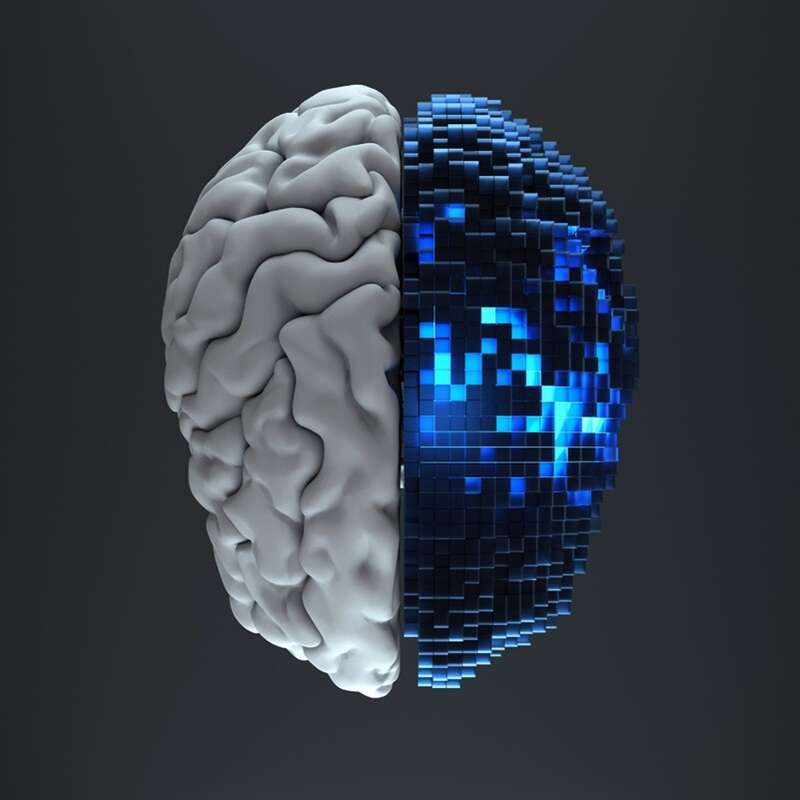Are we letting AI take the wheel in our workplaces without ensuring everyone is on board? Explore strategies to foster an AI-inclusive culture, ensuring workplaces remain innovative and teams engaged.

I find myself at the crossroads of cutting-edge technology and human talent every day. My role as an Executive Search Partner challenges me to blend the relentless pace of innovation with the enduring importance of human insight and creativity. In this dynamic environment, I regularly collaborate with visionary leaders who are steering their organisations toward a future shaped by artificial intelligence and automation.
According to a study by Vanson Bourne, a staggering 80% of organisations are now making hyperautomation a priority. This shift isn't just about retooling business operations - it's reshaping the core of workplace dynamics in profound ways.
This evolution isn't just a series of abstract trends; it's deeply personal and brimming with real human concerns. In my work, I'm entrusted with placing executives in pivotal roles - positions where they will make decisions that could significantly impact their teams' feelings of value and inclusion. I witness the critical need for these leaders to deeply understand and mitigate the impacts of AI on their employees' sense of worth and belonging. This challenge isn't just a facet of my professional life; it's a daily reality that calls for a careful melding of technological advancement and authentic human connection.
As we continue to push the boundaries of what machines can do, we must also ensure that we're not pushing our people away. Leaders must take active steps to include their teams in discussions about AI, making sure that everyone feels they have a voice in the process and are part of the journey, not just bystanders or, worse, casualties. This approach is crucial not only for maintaining morale but also for fostering a culture of innovation where everyone feels empowered to contribute to the organisation's success.
In this era of rapid technological change, let us remember that at the heart of all innovation are the people who make it possible. As we navigate this new landscape, we must strive to not only achieve technological excellence but also to enhance and elevate the human experience within our workplaces.
The Reality of Exclusion
The drive towards hyperautomation is not without its shadows. The more we lean on AI for intellectual tasks, the more I observe a palpable sense of exclusion among colleagues. This isn't just about job security - though that’s certainly a major concern. It’s about feeling valued and essential. As machines take over complex analyses, data processing, and decision-making, many of us feel increasingly sidelined. Our roles, once bustling with critical thinking and personal input, now often feel diminished.
The Executive Oversight
One of the critical barriers to harmonious AI integration is the top-down approach many leaders adopt. In my conversations with peers and executives, it’s clear that the pursuit of hyperautomation often progresses without substantial input from those it affects most: the employees. This exclusion from the decision-making process can leave employees not only feeling vulnerable but also disengaged.
A Call for Inclusive Leadership
As leaders, our responsibility extends beyond mere operational efficiency. We must model inclusive behaviour. This means involving those at all levels in AI projects and decisions. By doing so, we not only address their concerns and leverage their on-the-ground insights but also help them feel an integral part of the organisation’s evolution.
Developing Employee-Inclusive AI Practices
Organisations must adopt practices that actively involve their workforce in their AI journeys. This isn't just about holding feedback sessions or town hall meetings. It’s about engaging employees in meaningful ways—letting them train AI systems, offering opportunities to up-skill in AI-relevant areas, and ensuring they have a say in how AI is deployed in their tasks.
The Benefits of an Inclusive Approach
The benefits of such an inclusive approach are multifold. Companies that engage their employees in their technological advancements are more likely to see improvements in long-term performance. Employees who feel involved and valued are not just happier; they are more productive and engaged. This isn’t just good for morale; it’s good for business.
Final Thoughts
As we navigate this challenging but exciting landscape of AI and automation, we must not lose sight of the human hearts and minds that power our companies. By fostering an environment where every employee feels included in the journey, where their voices are heard and their roles are enhanced rather than diminished by AI, we lay the groundwork for a future that is not only technologically advanced but also rich in human spirit and collaboration.
In this era of innovation, let us not just automate tasks. Let us elevate people. Let’s ensure that in our quest for efficiency, we multiply not only our outputs but also our collective human potential.




